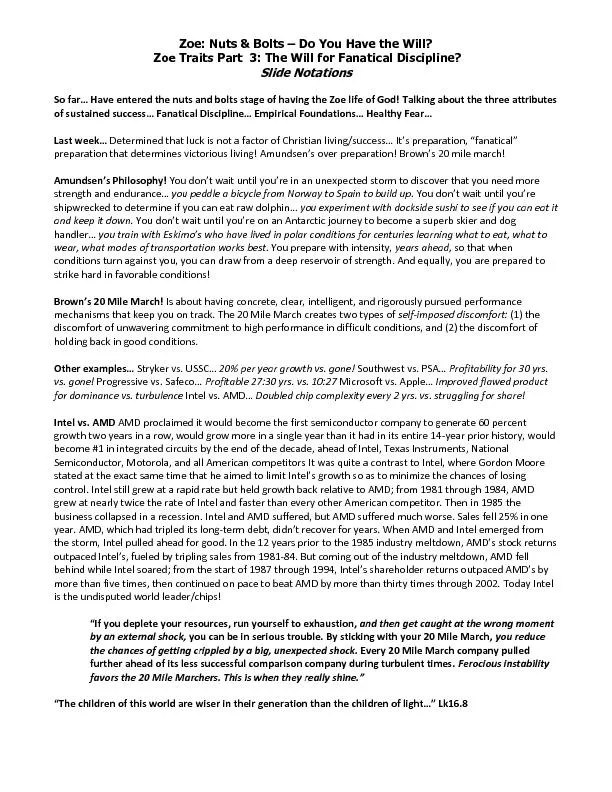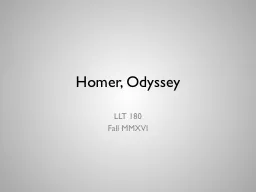PPT-Arete-Zoe , LLC POWERED BY
Author : yoshiko-marsland | Published Date : 2019-11-18
AreteZoe LLC POWERED BY THE MEANING OF INFORMATION SCIENTIFIC PUBLICATIONS ARE A SPECIALIZED FIELD OF INTELLIGENCE Trade offs SCOPE Human Medicine Veterinary medicine
Presentation Embed Code
Download Presentation
Download Presentation The PPT/PDF document "Arete-Zoe , LLC POWERED BY" is the property of its rightful owner. Permission is granted to download and print the materials on this website for personal, non-commercial use only, and to display it on your personal computer provided you do not modify the materials and that you retain all copyright notices contained in the materials. By downloading content from our website, you accept the terms of this agreement.
Arete-Zoe , LLC POWERED BY: Transcript
Download Rules Of Document
"Arete-Zoe , LLC POWERED BY"The content belongs to its owner. You may download and print it for personal use, without modification, and keep all copyright notices. By downloading, you agree to these terms.
Related Documents














